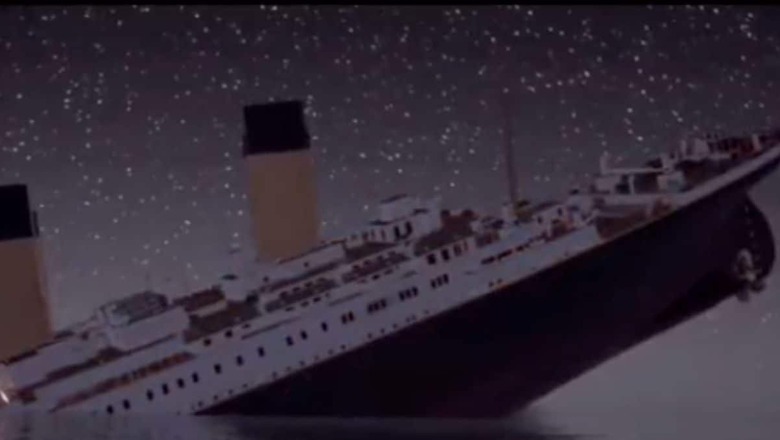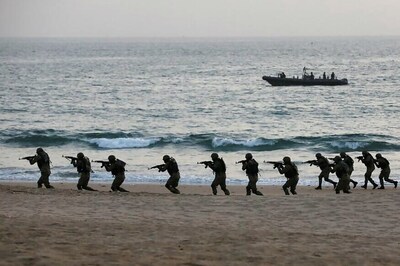
views
Even after over 25 years since its release, the film Titanic continues to fascinate and charm cinema lovers. Recently, director James Cameron shared the behind-the-scenes of the superhit film at the newly released National Geographic special, Titanic: 25 Years Later With James Cameron. In the show, Cameron takes a fresh look at the sinking of the Titanic that killed more than 1,500 people on April 12, 1912.
During the show, the veteran director detailed how his team meticulously studied how Titanic sank after it collided with the iceberg. The Canadian filmmaker said, “The film Titanic depicts what we believed was an accurate portrayal of the ship’s last hours. We showed it sinking bow-first, lifting the stern high in the air before its massive weight broke the vessel in two. Over the past 20 years, I’ve been trying to figure out if we got that right.”
He added that they tried to show the sinking “as accurate as I could make it at the time” but concluded that they probably only got it “half right”.
To picturise the ship’s sinking, Cameron and his team made a model version of the Titanic and used pyrotechnics to sink it in a controlled water tank. He also enlisted the expertise of the US Navy which built two computer simulation models of the Titanic. These models revealed that the ship needed to rise 23 degrees out of the water before breaking into two parts.
Another interesting thing to know about Titanic’s sinking is that April 14, 1912, was a moonless night, which meant that once the lights went off, the passengers struggled in pitch dark.
Recently, a popular science-centric X account shared a video that showed how Titanic’s sinking would have looked in the dark of the night, as opposed to as shown in the film.
How Titanic sinking really looked pic.twitter.com/5jgU7AWyUm— Science girl (@gunsnrosesgirl3) February 15, 2024
Commenting on this video, an X user wrote, “From what I’ve learned, yeah, this seems pretty damn close. There was no moon that night. It was just the sudden flicker of lights, near pitch black, ice cold, still waters, and the sounds of people screaming. Absolutely terrifying. The ocean at night is one of my biggest fears.”
Another person wrote, “I’ve been to the titanic exhibit in Tennessee last year and they had a simulated room rimmed with pools of water that was the same exact temperature as the water, the night the ship sank as well as the room being just as dark as it was in real life… my heart aches so bad.”



















Comments
0 comment